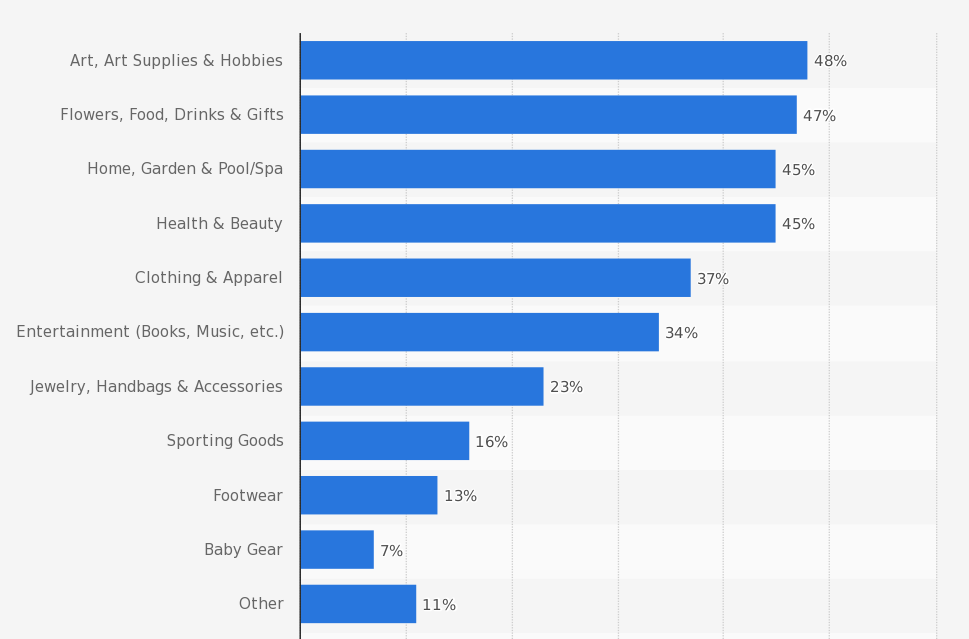
Facebook, Instagram, Twitter, LinkedIn, YouTube, Pinterest. How should your business view these social media platforms? Should they be embraced as critical components in your marketing mix, or dismissed as a distraction from it?
These are common questions from our clients. So, we’ve devoted six blog posts to answer them—each post dedicated to a single platform: Facebook, Instagram, Twitter, LinkedIn, and YouTube.
Pinterest is our focus today — we’ll consider user and marketing statistics, plus the pros and cons of Pinterest as a marketing platform. This information should help you decide if Pinterest is right for your business goals. If so, be sure to check out the list of 12 Pinterest Tips at the end of this article. They’re sure to start you on the right track.
Pinterest Statistics to Consider
Pinterest has fewer users overall than other social media platforms; but as the statistics below show, it has a highly engaged audience that often turns to the platform for planning purchases.
Pinterest User Statistics
According to Pew Research and Business of Apps
- 291 million monthly active users worldwide, 30% within the U.S.
- 83% of American women age 25-54 use Pinterest
- 41% of American women use Pinterest / 16% of American men
- 48% of Pinterest users are parents
- Pinterest use increases with income and education
Perhaps you noted a conflict in two of the stats above. According to Pew Research, 41% of American women use Pinterest. Contrast this with research conducted by ComScore, stating that Pinterest reaches 83% of American women. How can this be? Hootsuite suggests the difference stems from Google image searches, “Pinterest-based images dominate Google’s results.”
Pinterest Marketing Statistics
According to Pinterest:
- 80% of Pinterest use is on a mobile device
- 14.2 minutes spent on Pinterest per visit
- 98% of users say they have tried new things seen on Pinterest
- 82% of weekly Pinners have purchased a product due to Pinterest
- 77% of weekly users have discovered a new brand/product on Pinterest
- 91% of Pinterest users say the platform is positive
- 85% of U.S. female Pinners they use the platform to get ideas for “life events.”
- Pinterest use varies by industry category: (Source)

Is your customer or client base actively using Pinterest? These demographics should help you discover this. These findings may also encourage you to establish a Pinterest presence based on the high engagement rates of Pinners.
Pinterest as a Business Platform – Pros
- Pins have a longer shelf life than posts on other platforms
- Pins show up in Google image searches, significantly increasing your reach
- Pinners are highly engaged and use the platform for planning purchases
- Customers that come to your website via Pinterest spend more
- Pinners see the platform as a positive space, goodwill which may extend to your brand
We see two significant advantages with Pinterest. One, its use as a purchase planning tool. If you can get your product or service in front of your customer at this point in the buyer’s journey, you’re likely to see a higher conversion rate. Two, your pins will reach beyond Pinterest via Google image search results.
Pinterest as a Business Platform – Cons
- Pinning must be consistent and frequent to be effective—time-consuming
- No direct interaction with users as with other platforms
- Images are everything—challenging for some lacking these skills
- Currently, a female-dominated platform—although new sign-ups are up to 40% men
You’ll have to decide if the pros of Pinterest outweigh the cons for your business.
12 Tips for Using Pinterest
Are you still reading? Pinterest should match your business goals. The following tips will help you get started:
- Images matter — (do I sound like a broken record?) Pinterest is highly visual, don’t settle on mediocre images and keep content short.
- Lifestyle images outperform product-only images—consider shots of your product or service in use.
- Optimize for mobile—80% of Pinterest use is on a mobile device, so keep images within the platform’s requirements—and vertical (or square).
- The text should be clear, concise, and readable on a smartphone.
- Add logos and shareable links to your images—but avoid top right corner as pin button may cover it there.
- Confirm your website when setting up your profile—it adds your logo to any pin made from your site and allows you to see what others are pinning from your website.
- Keep brand keywords in mind when creating your profile and naming boards.
- Add Pinterest Save Buttons to your website so others can easily pin your web content (this increases shares by a factor of 5).
- Pin consistently—daily is best, opting for peak times (evenings & weekends is primetime for most users).
- Seasonal & Event Pins should begin 45 days in advance.
- Keep Names of Pin Boards to 20 characters, or they will be cut off.
- Plan Your Campaigns with Pinterest Seasonal Insights.
Marketing success is possible on Pinterest, especially for specific business categories; but it will take time, consistency, and commitment. Without all three, your results will likely fall short.
Are you Ready for Your Mulligan?
If you find it makes sense for your business to partner with a content marketing professional, our team at Mulligan Management Group will welcome the chance to sit down with you and discuss your needs. Visit our website www.mulliganmanagementgroup.com, email us at info@mulliganmanagement.com, or call De-de at 330-472-7673.
Mulligan Management Group www.mulliganmanagementgroup.com is a digital marketing agency located in Hudson, Ohio. Our team of professionals helps our clients build their internet presence and expand their authority online.
Our services range from website design and development to professional content creation, to social media strategies and implementation. We also offer to consult in all functional areas.




